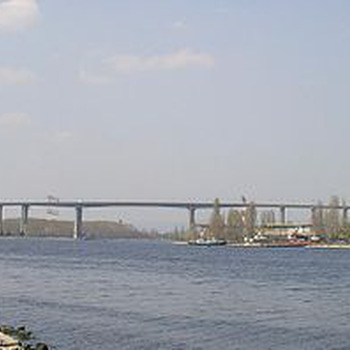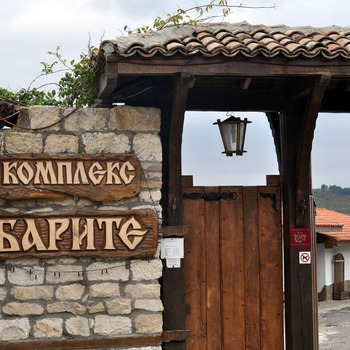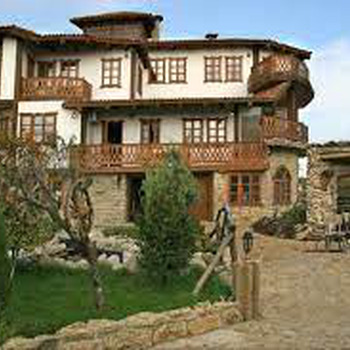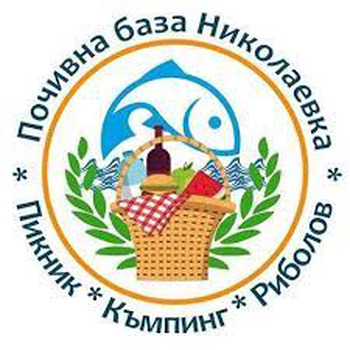National Astronomical Observatory and Planetarium N. Copernicus
Overview
The launch of the first artificial satellite on Earth on October 4, 1957 marked the beginning of the Space Age. This extraordinary event aroused great interest among all people. As a result, groups of enthusiasts were formed in various cities in Bulgaria, which set the stage for the construction of a network of satellite monitoring stations and astronautics and astronomy clubs. These clubs, in turn, marked the beginning of the establishment of National Astronomical Observatories and Planetariums in Bulgaria. In 1960 a group of enthusiasts from Varna founded the Astronautics and Astronomy Club. This club is one of the initiators of the municipality of Varna to propose the regular XIII Congress of the International Federation of Aviation and Astronautics to be held in September 1962 in Varna. The official guest of this congress was the second Soviet cosmonaut German Titov. After the congress, the idea was born to create an astronomical observatory in Varna. The initiative committee under the leadership of the then mayor of Varna - Nikolay Boyadzhiev includes teachers, lecturers at the Higher Naval School "NY Vaptsarov" in Varna, officers from the headquarters of the Navy and others. In 1963, the Astronomy and Astronautics Club was given a building in the central part of the Sea Garden. The first courses in astronomy and rocket modeling started working in it. With a decision of the City People's Council of Varna, plans for reconstruction and reconstruction of the existing building were prepared and in the autumn of 1964 the construction of a new building of the observatory began. In the process of construction, the first plans were changed and a planetarium with a Star Hall and a large lecture hall was added next to the observatory building. On May 22, 1968, the first astronomical complex in Bulgaria was inaugurated, consisting of an observatory, a planetarium and a tower with a Foucault pendulum. By decision of the Council of Ministers, it was named after the great Polish scientist Nicolaus Copernicus. The director of the observatory from its establishment until 1989 is Nikolay Petrov. During the period of its construction the observatory is one of the observation stations of the satellite operating on the territory of Bulgaria. With the help of special equipment, visual observations are made and satellites are photographed according to a program coordinated by the academies of sciences of the countries of Eastern Europe. The photographing of the Pageos satellite is part of a program to link the Eastern European geodetic network and measurements along the meridian from Helsinki to Addis Ababa. Visual observations of satellites have been used to determine their orbits, to determine the Earth's gravitational field and changes in geopotential. The results of these observations and studies are published in the collections "Observations of the IAS" and "Reports of BAS". Initially, the observatory was equipped with several small telescopes. Refractor telescope 80/1200 mm with parallax head and Cassegrain telescope 150/2250 mm with parallax head mounted in the two rotating domes on the top floor of the observatory. A 100/250 mm NAFA camera for photographing satellites is installed on the observation deck. Portable refracting telescopes and large binocular tubes TZK 80 / 8x are used for mass observations. In the Star Hall of the planetarium is installed a projection device of the type ZKP / Zeiss Kleinplanetarium /, which projects 5,500 stars on a hemispherical dome with a diameter of 10.5 meters. With the help of additional projectors the positions of the Sun, the Moon and the planets among the stars are demonstrated. Special projectors demonstrate the movement of the planets around the Sun from a point of view located 5 billion kilometers along the polar axis of the ecliptic. Slide projectors are also used to illustrate the lectures. A Foucault pendulum with a thread length of 17.6 meters and a deviation at the base of about 2 meters is installed in the Foucault Tower. For the latitude of Varna - 43 degrees 12 minutes north latitude, the rotation of the swing plane of the pendulum as a result of the axis of rotation of the Earth is 10 degrees 03 minutes for one hour in the direction from east to west. In 1971 the construction of a branch astronomical observatory was started in the village of Avren, about 35 km from Varna in the highest part of the Avren plateau. The observatory has a building, a tower with a 5.2 meter dome and a 50/890 cm telescope Cassegrain system. In the yard there is an observation deck for meteors and telescopes and cameras are installed to photograph celestial bodies and phenomena. The Canopus Youth Astronomical Club is organized at the observatory. It includes amateur astronomers and participants in training courses for amateur astronomers. During the school year and during the holidays, observation expeditions are organized for the members of the Club at the Observatory in Avren, at the National Observatory "Rozhen" and the Summer School in Beli Brezi. The results of the work of the club members are reported at the annual National Youth Astronomical Conference.
In 1970, on the initiative of the Varna Observatory, the first Astronomy Week was held. Specialists from the Astronomy Section at the Bulgarian Academy of Sciences, the Department of Astronomy at Sofia University "St. Kl. Ohridski", the folk observatories and members of the youth astroclubs took part in it. In connection with the 500th anniversary of the birth of Nicolaus Copernicus by decision of the Bulgarian Committee for Celebration, chaired by the Deputy Chairman of BAS Academician Emil Djakov, the national celebrations were held during the Third Astronomy Week in May 1973. During the week was held the final stage of the all-Bulgarian competition dedicated to Copernicus. The winner was invited to take part in the celebrations in Poland.
Recommended
- Aladzha monastery
- Golden Sands Nature Park
- Pobiti kamani (Dikilitash);
- Cape Emine
- Petrich Fortress
- Ovech Fortress


 Bulgarian
Bulgarian Romanian
Romanian




